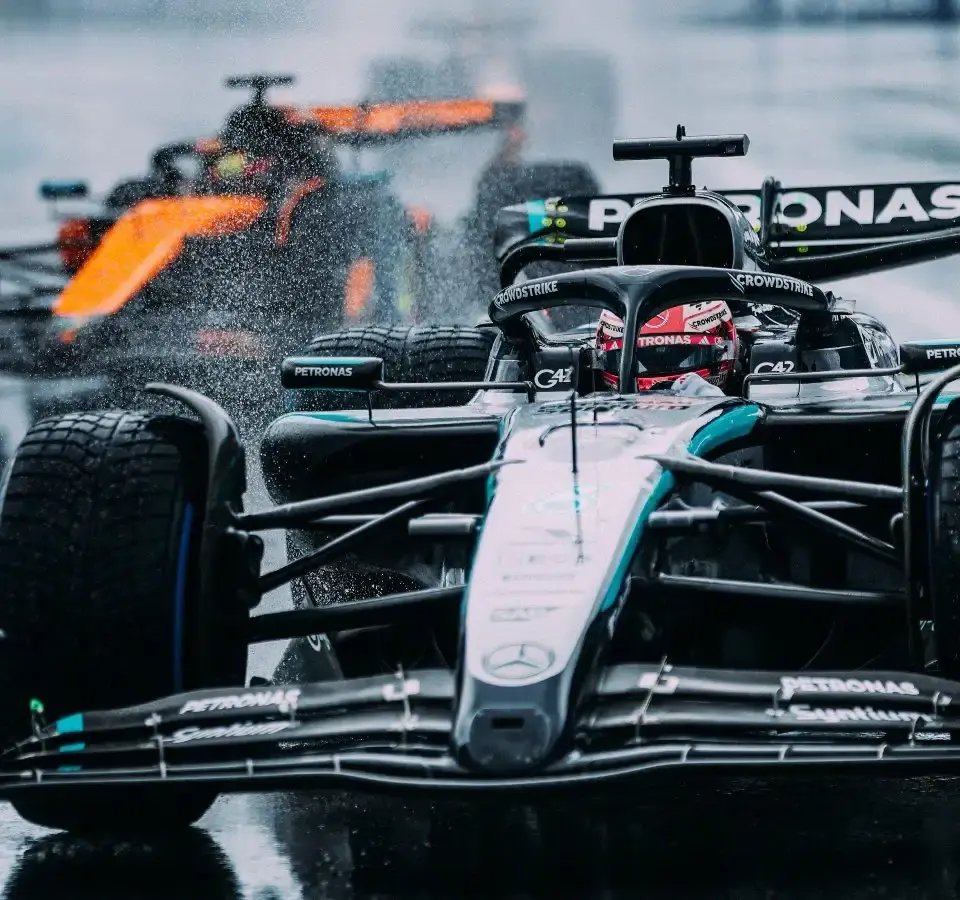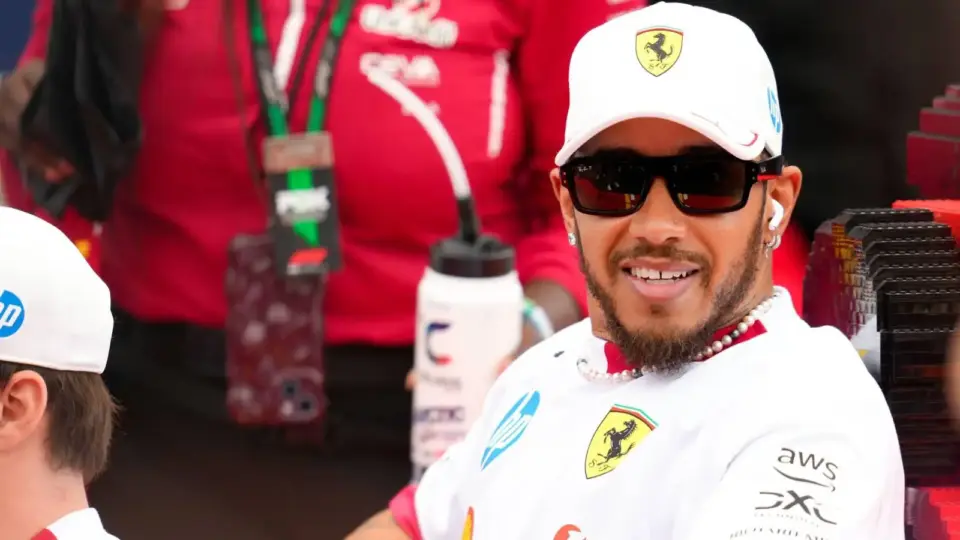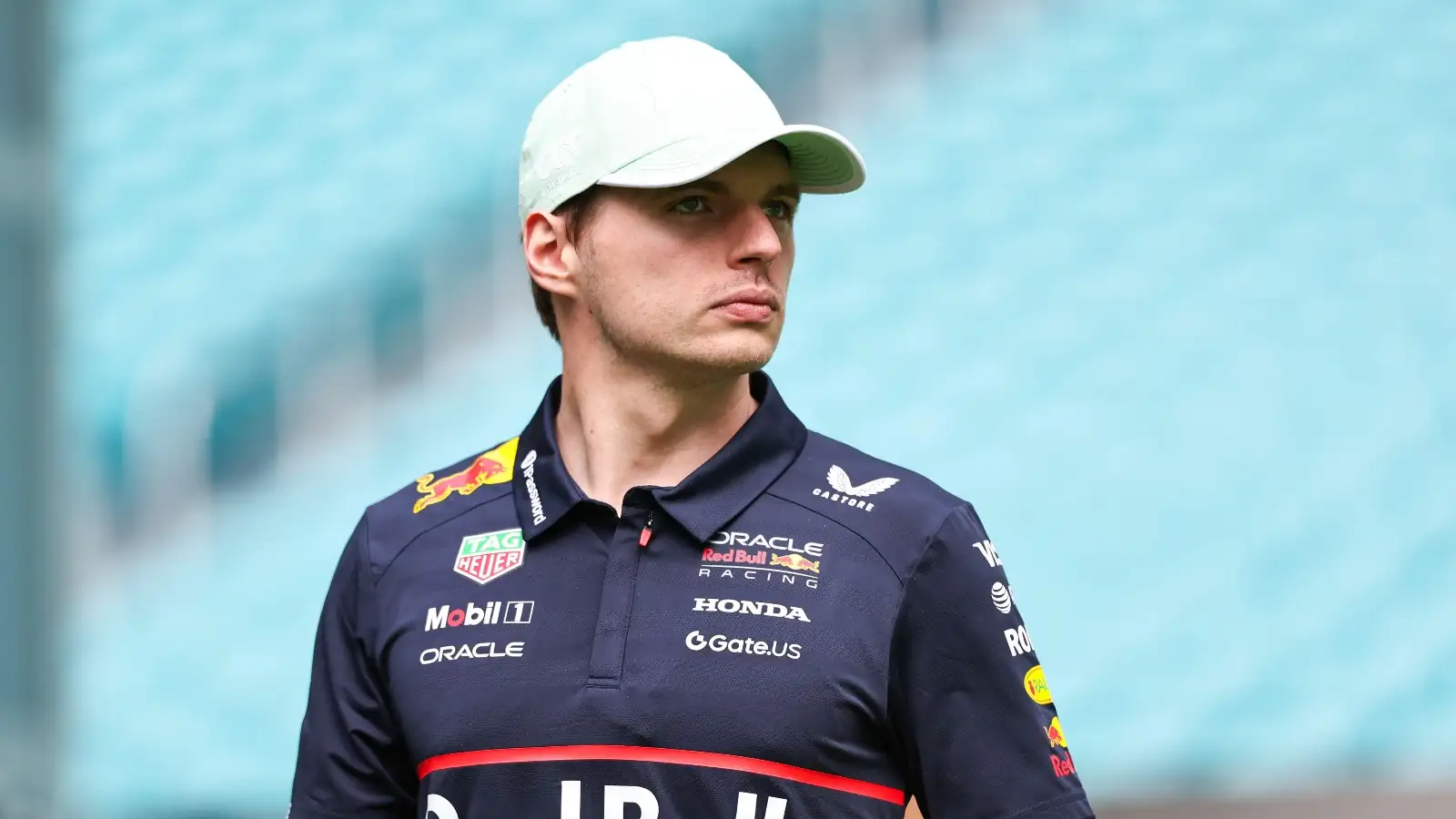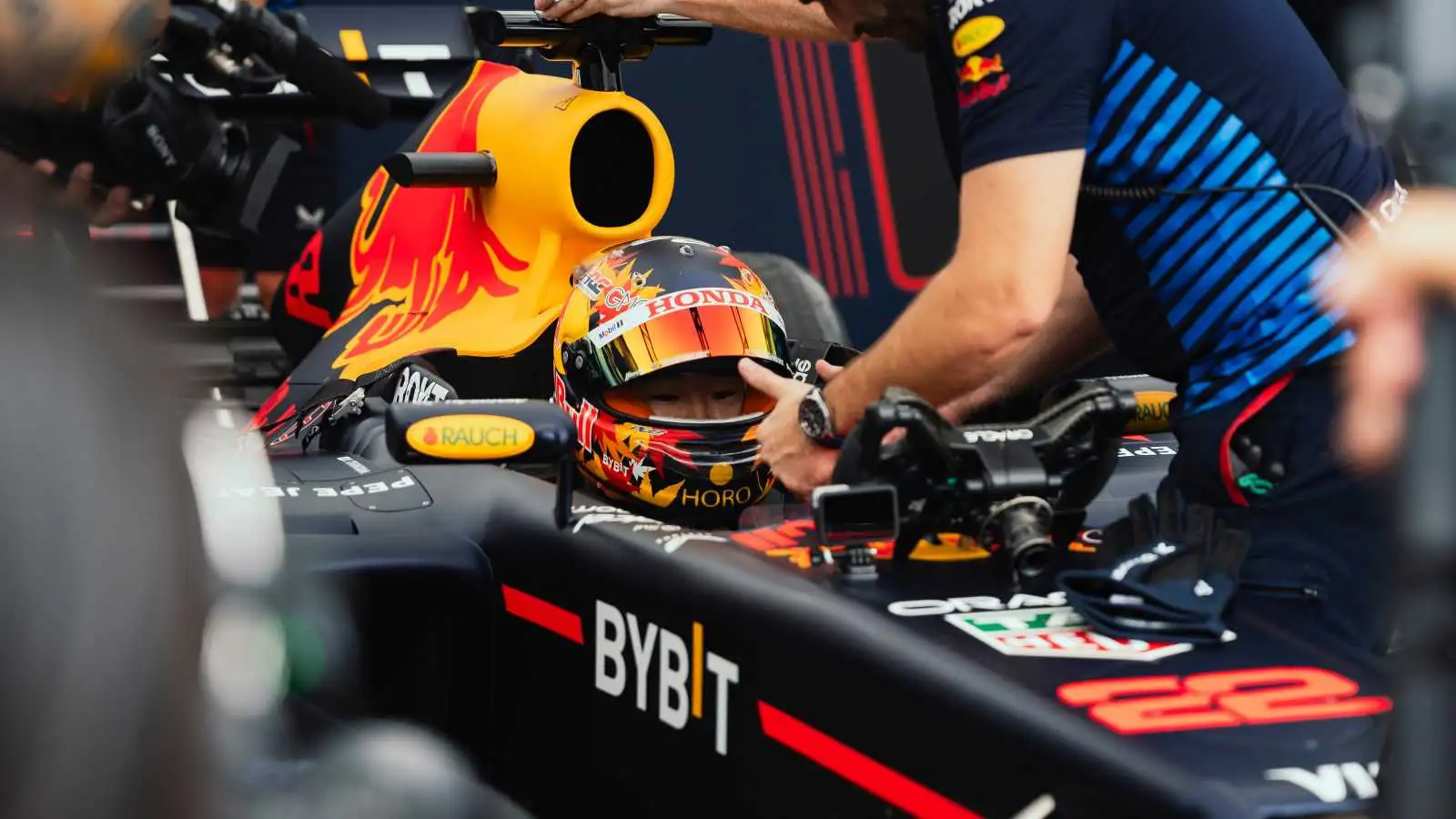The skies over Miami are turning ominous as the Grand Prix weekend approaches its climax. Weather forecasts predict severe storms rolling in just as engines are set to roar, prompting the FIA to release emergency protocols. This race, unlike any other, has an electrifying twist—lightning. Prepare for an unexpected jolt at the Miami GP.
Racing fans and teams alike must brace for possible delays or even halts with the threat of lightning looming large. The FIA has laid out precise steps to ensure safety, covering everything from car positioning in the pit lane to communication protocols. As the race day unfolds, lightning might just be the wildcard Goliath in this high-speed drama.
Dawn Breaks Clear but Not for Long
Race day in Miami started off with clear skies, a deceptive promise of calm that was to be broken by approaching storm clouds. As the morning temperature hinted at an ideal day for racing, meteorological predictions began to paint a very different picture. By noon, the first signs of towering rain clouds appeared, creeping in from the south. The ominous forecasts were enough to sound alarms across the paddock.
FIA’s Proactive Approach to Safety
In such cases, all vehicles must immediately retreat to the pit lane, stopping promptly in the fast lane. Teams are to keep garage doors open, a clear indicator of transparency and readiness. These meticulous plans are crafted not just for order, but also to ensure that everyone remains out of harm’s way during an electrifying event.
Pit Lane Protocols Defined
The re-start process takes similarly methodical steps. Teams are informed 18 minutes ahead of the anticipated re-start, and cars are pushed back into the fast lane as per order. It’s like a carefully choreographed performance, ensuring that no element of surprise catches anyone off guard.
Thunderstorms Threaten the Start
On a day where a downpour is as likely as a pole position, every second counts. The timed release of cars back onto the grid is as much about precision as it is about performance under unpredictable skies.
Restarting After Lightning Clears
The adrenaline surge is palpable as racers return to the fast lane, ready to reclaim the chance to compete for glory. The synchronization of these maneuvers isn’t just a technical feat. It also highlights the resilience of both teams and drivers facing natural elements head-on.
Challenges of Racing Under Threatening Skies
In light of these events, the strategic foresight of the FIA is clear. Their ability to prepare for every eventuality underlines the dynamic nature of racing. It’s a blend of anticipation, reaction, and resilience that sets apart ordinary planning from extraordinary strategizing.
Team Reactions and Preparedness
For teams, it’s about more than just the race ahead. It’s about resilience; it’s about mastering unpredictability while battling nature’s adversities. It’s about staying ahead in a game where the sky’s potential wrath adds a nail-biting twist to an already high-speed chase.
A Historical Perspective on Weather Interruptions
These past occurrences sculpt the present, helping refine strategies and safety measures. Whether it’s about sheltering in place or strategizing grid positions post-suspension, every decision echoes past lessons learned through such turbulent histories.
FIA’s Communication Strategy
Ultimately, the aim is to act swiftly and decisively, turning potential disasters into mere blips on the race’s timeline. With every message sent, and every decision made, the world watches. The FIA’s action plan is one of strategic execution, woven seamlessly into the tapestry of a charged race environment.
The threat of lightning during the Miami GP has become a stark reminder of nature’s unpredictable nature intertwined with racing’s inherent thrill. As skies clear, attention returns to speed, skill, and strategy as the keys to victory. Ultimately, the FIA’s protocols underscore a commitment to safety, demonstrating resilience in the face of turbulent weather.










